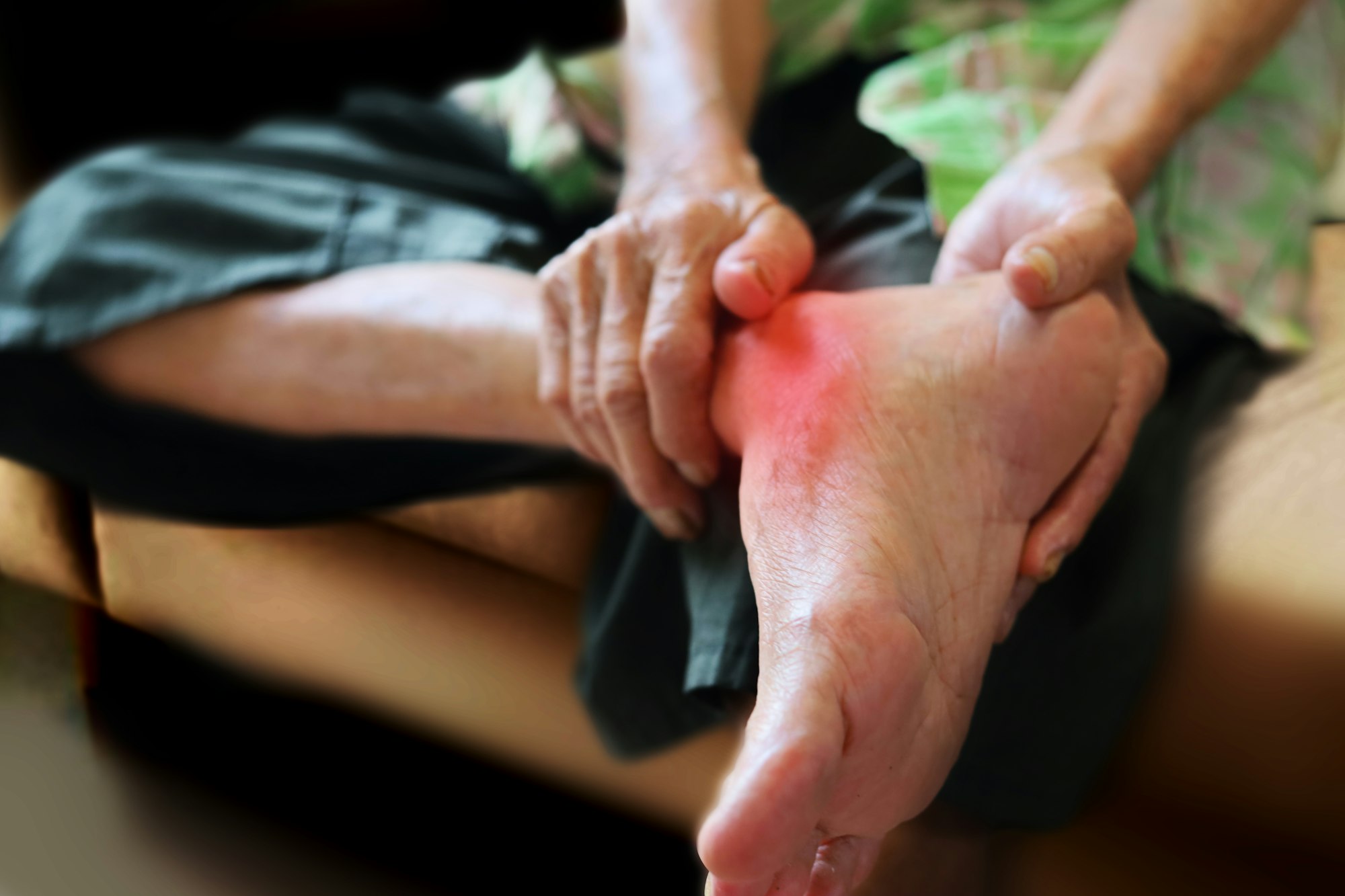Ankle sprains are one of the most common injuries that can afflict the unwary pedestrian, the weekend warrior, or the seasoned athlete alike. The road to recovery begins with understanding and applying the correct first-aid for Ankle Sprains. Let’s delve into the initial steps one should take following the unfortunate twist of an ankle, focusing primarily on the golden rule of R.I.C.E. and the debate between mobilization versus rest.
Immediate Steps: The Golden Rule of R.I.C.E. for Ankle Sprains
R.I.C.E., an acronym standing for Rest, Ice, Compression, and Elevation, is often used as the panacea for the initial phase of treating a sprained ankle. This quartet of simple yet effective strategies serves as the cornerstone for mitigating swelling, reducing pain, and kickstarting the healing process.
Rest is paramount. It is the body’s time to initiate repair, and by avoiding weight-bearing activities, one minimizes the risk of further injury. It’s not about surrendering to inactivity but rather giving your body the pause it needs.
Ice is the anti-inflammatory superhero. Applied for no more than 20 minutes per hour, it constricts blood vessels, which can significantly reduce swelling and numb the surrounding area, offering a natural analgesic effect. It’s important to wrap the ice in a cloth to protect the skin from frostbite.
Compression involves snugly wrapping the affected area with a medical bandage. This tactic not only helps reduce swelling but also adds a layer of support to the beleaguered ligaments. Ensure the bandage is tight enough to offer support but not so tight as to cut off circulation.
Elevation requires raising the injured ankle above heart level, especially during the first 48 hours. Using pillows or a reclining chair, you can easily achieve this position, which facilitates the draining of fluids that contribute to swelling.
Now… To Move or Not to Move (Mobilization vs. Rest):
Mobilization: Balancing Movement and Rest in Ankle Sprain Recovery
Mobilization advocates suggest that gentle, controlled movements early in the recovery phase can promote healing. Activities such as toe wiggling and simple ankle rotations can enhance blood flow to the injured area, speeding up the healing process while preventing stiffness. However, we should not discount the rest. Rest remains a critical component of recovery in cases of severe sprains, where ligaments have suffered damage. Initial rest is suggested in these cases to allow the stretched/attenuated ligaments time to heal in the proper anatomical position. Overzealous mobilization in such scenarios can lead to increased instability and prolong the healing process.
Final Thoughts:
In conclusion, while R.I.C.E. serves as the foundational first aid treatment for ankle sprains, the subsequent approach towards mobilization versus rest requires a tailored strategy. Listening to one’s body and consulting with healthcare professionals can guide the injured back to their feet, navigating the fine line between recovery and further injury. An ankle sprain, though common, demands respect and patience in its healing journey.
Contact The Podiatry Doctors in Pembroke Pines today to schedule a consultation and embark on your journey to pain-free, healthy feet.




